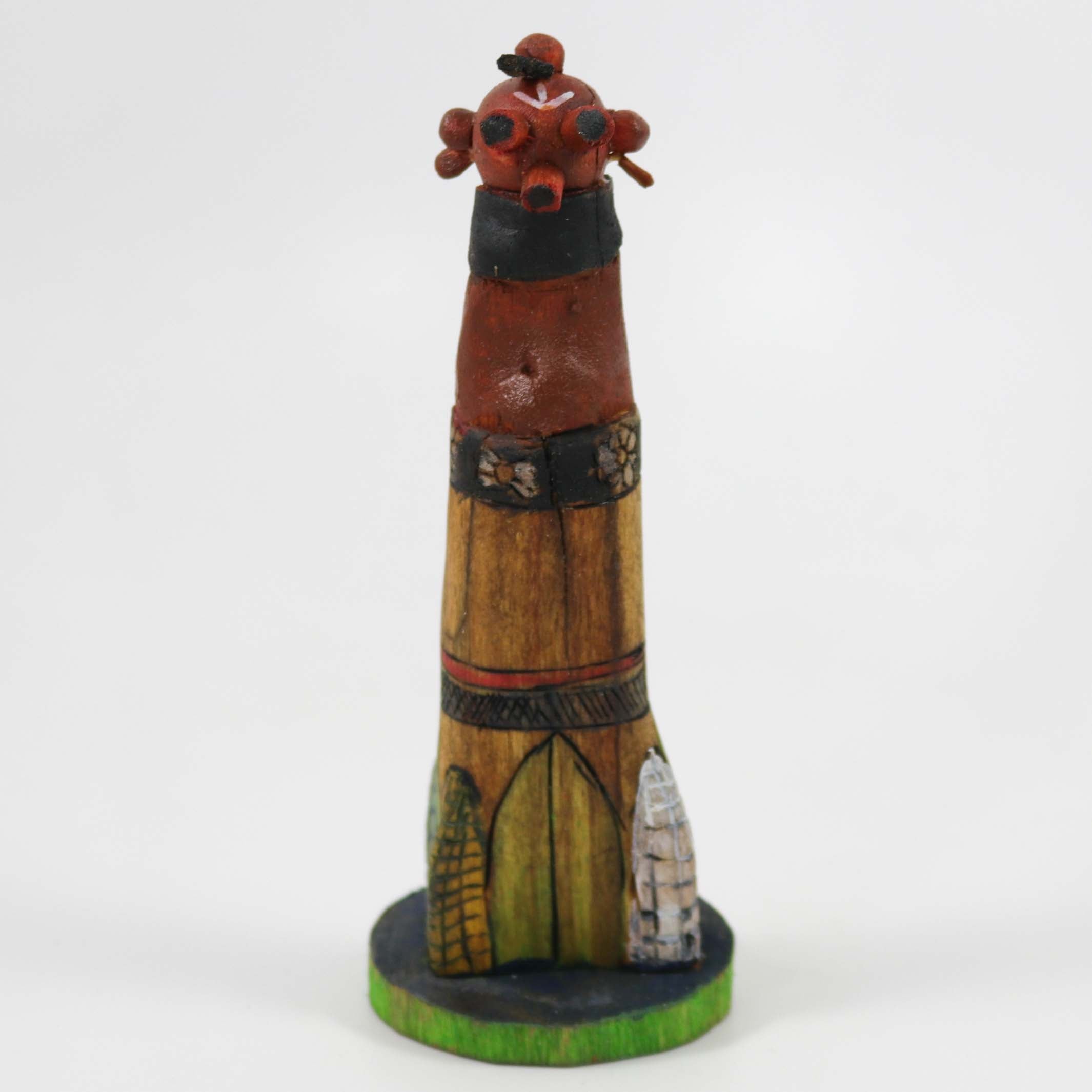Tufa Casting

Native tribes in the Southwest have been creating ornamental jewelry for many hundreds of years. Before the Spanish ever arrived, these tribal artists had mastered the art of heishi bead rolling and lapidary on shells or wood. However, it was not until the mid-nineteenth century that they learned to work metal from Mexican smiths who had learned from the Spanish. In the southwest, the Navajos were the first to cast silver jewelry in the late 1870s and the technique spread to the Zuni and Hopi tribes by 1890.
Tufa stone is a compressed volcanic ash material that is found on the Navajo reservation. It is easier to carve than sandstone and its porous surface leaves a unique texture once the metal has cooled. Tufa casting is a labor-intensive process involving many steps.

Once cooled, the hardened piece is taken out of the mold and the extra metal in the sprue hole is removed. The artist will carefully sand and clean the design, making sure to leave the porous texture from the tufa stone. The last step is to shape the flat metal into its final form, such as the curved semi-circle of a cuff bracelet.
Generally, most tufa molds break after one casting. This makes tufa cast jewelry a one-of-a-kind work of art. The heat from the liquid metal may cause the tufa mold to break or fracture. Even if the mold remains intact, the casting process typically has worn down and damaged the carved design so that a second cast would not have the crisp design of the original. The tufa molds themselves are carved works of art. The tufa is destroyed, but its beauty is permanently imprinted on the metal it touches.

This tufa mold (above) was hand carved by Navajo silversmith, Ric Charlie. He uses dental tools to achieve the intricate designs and textures in the delicate tufa stone.
See the finished bracelet (below) after the gold has been poured and cast, the bracelet cleaned and shaped, and finished with diamonds, turquoise, and sugilite.




Your articles are excellent. I appreciate your expertise!
Thanks so much for this descriptive article. I began making jewelry few years ago and was lucky to find 2 books on Southwestern Indian Jewelry making techniques this process was not in either volume. I’ve always been drawn to Native American jewelry and am very glad to have found this site,
What a relief to find smoeone who actually knows what they’re talking about.. You definitely know how to bring an issue to light and make it important. More people need to read this and understand your side of the story. I cant believe youre not more well known because you definitely have the gift.
Leave a comment